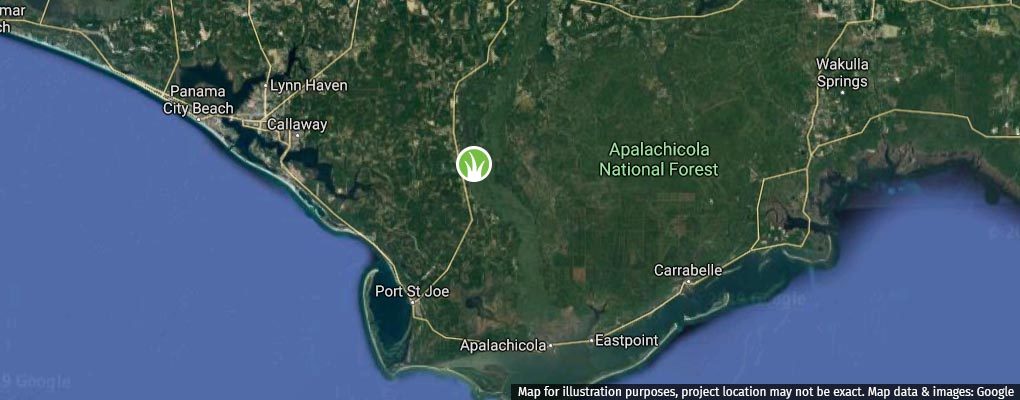Two locations—Virginia Cut and Sand Mountain—contribute unnatural amounts of sand and sediment to the Apalachicola River, affecting the channel downstream and potentially harming mussels and other aquatic species. This project will reduce sediment input by enlarging or building vegetative buffers around these two locations, which were originally disturbed by the Corps of Engineers. The additional riparian tree canopy will increase shading of the water, which could help mitigate the effects of rising temperatures on fish. Over the longer term, the plantings may help to slowly narrow the channel, which ultimately would send more water back into the floodplain through sloughs and crevasses, and improve those habitats for wetland trees, fish larvae and nutrient supply. This project will work in conjunction with the critically important Apalachicola River Slough Restoration project, which will reestablish vital freshwater flows into the floodplain, improving essential floodplain habitat and nutrient supplies to the bay and beyond, with myriad benefits to many species.
PROJECT COST: $9,060,000
LEAD ORGANIZATION: University of Florida
PARTNERS: Apalachicola Riverkeeper, Appalachian State University, UC Berkeley, Land+Water LLC.


